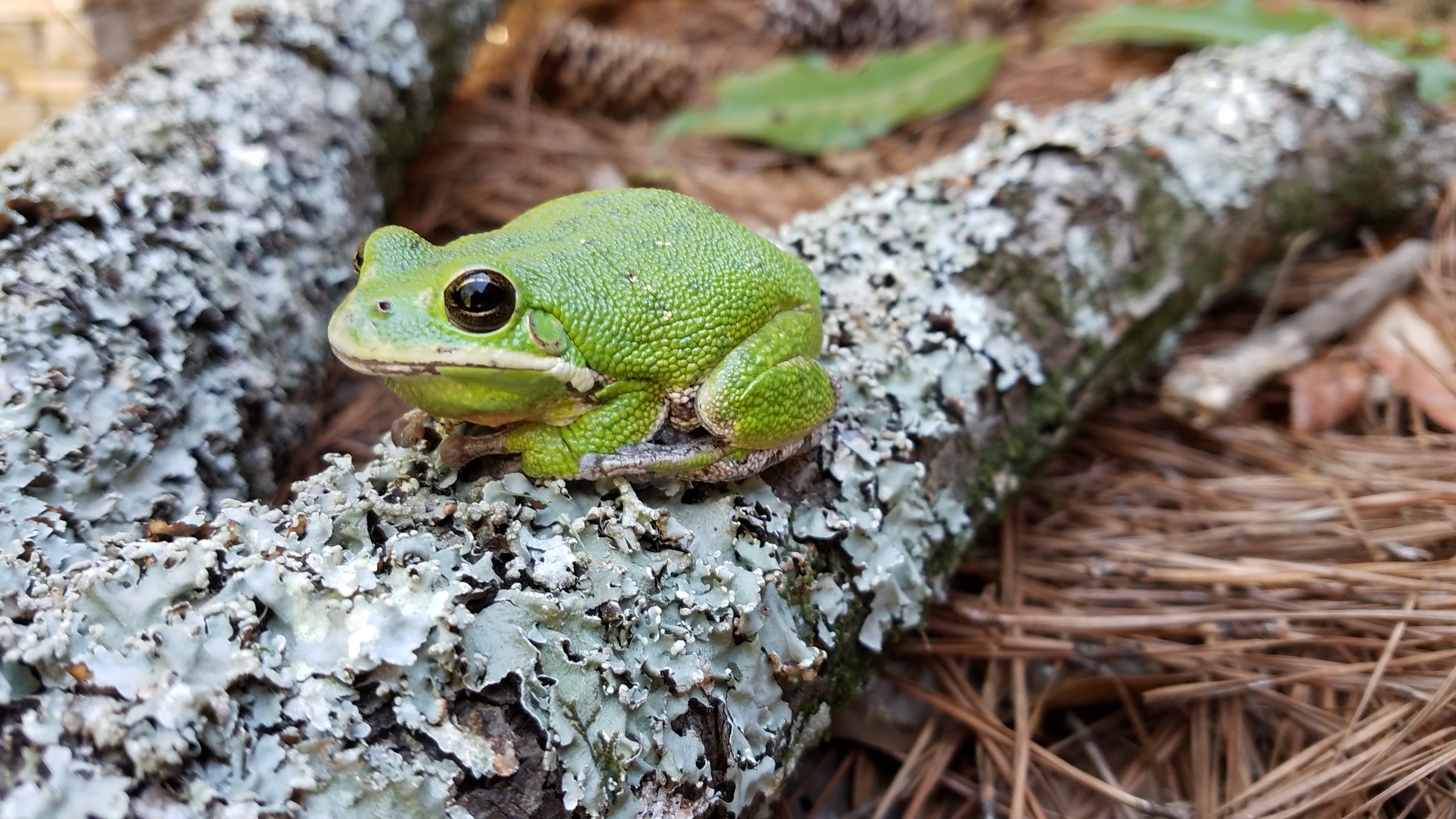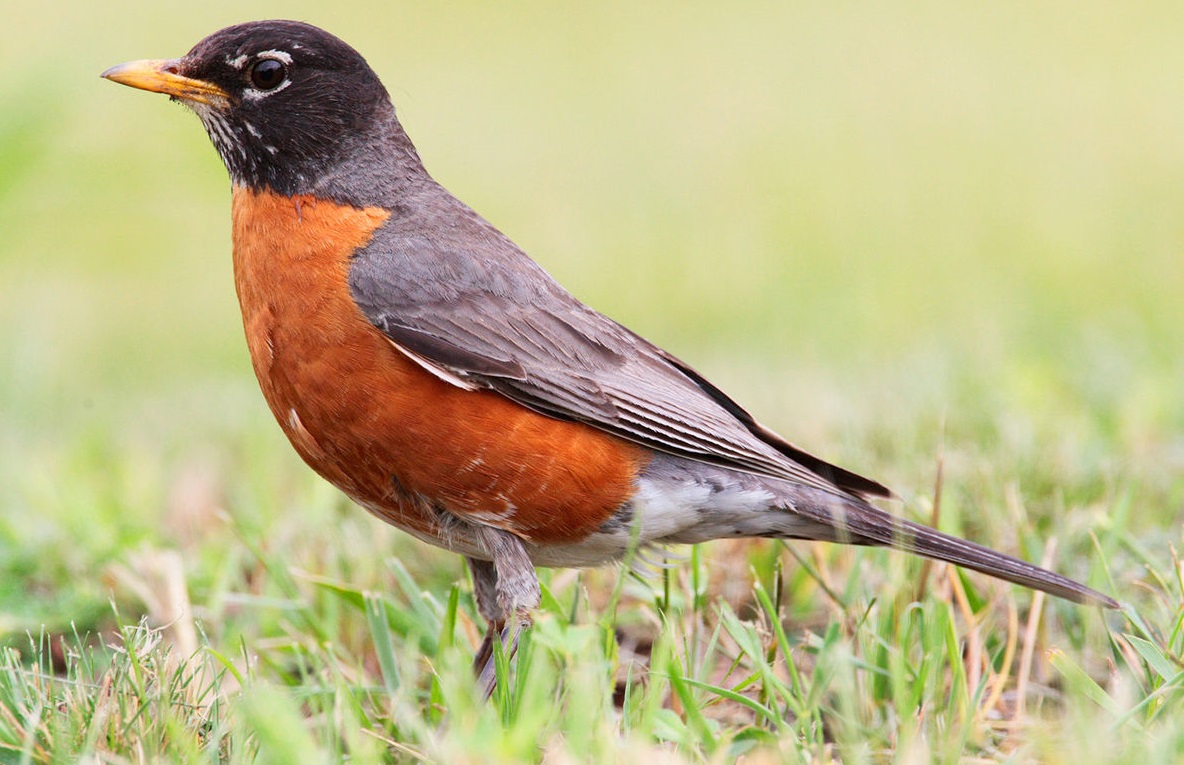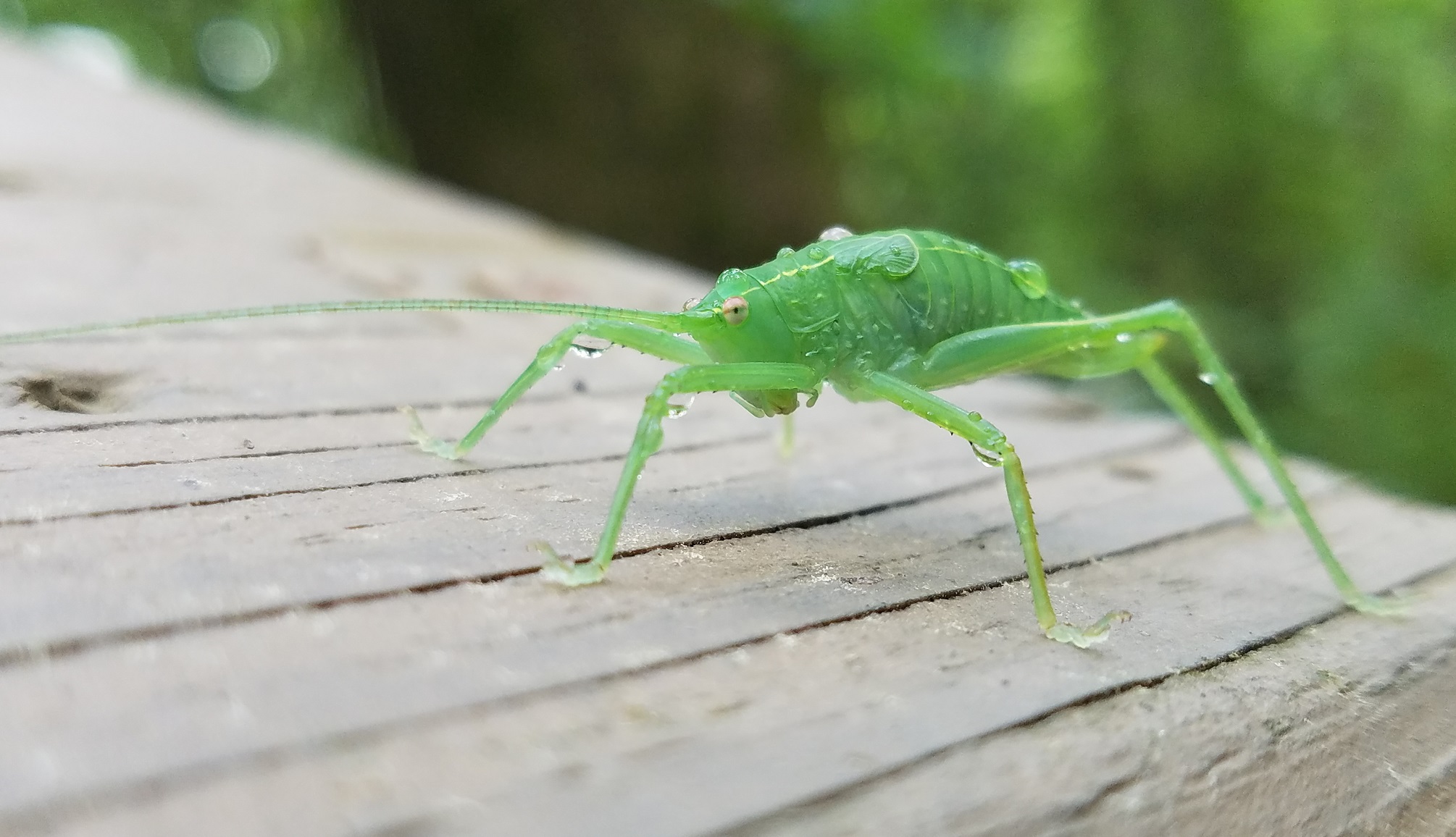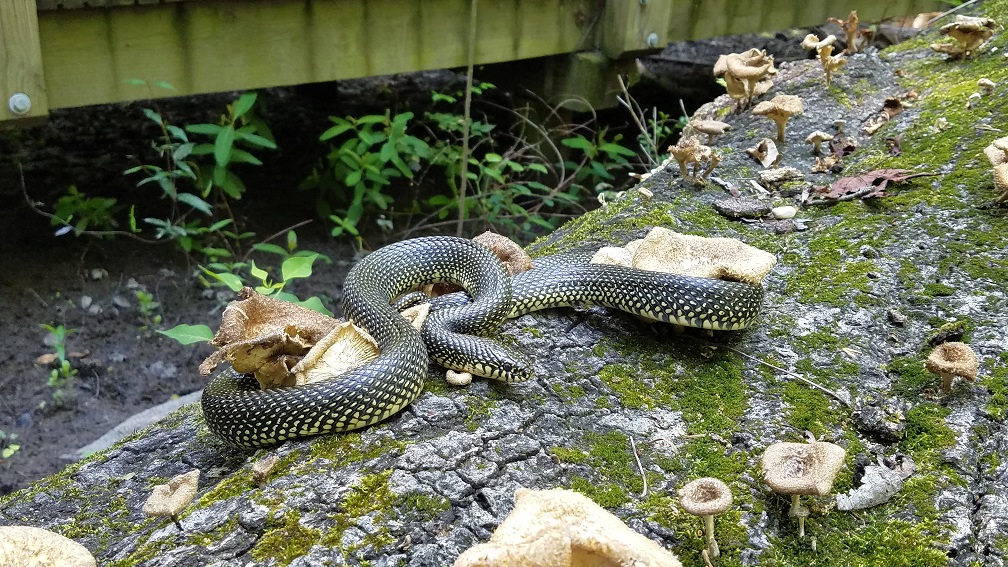Common OC Plants & Wildlife
Outdoor classrooms are home to many plant and wildlife species. The information below will help you and your students identify and learn more about these species.
Click on the links below for more details:
Common Plant Species | Common Wildlife Species
Click on the links below for more details:
Common Plant Species | Common Wildlife Species
Plant Species
These informational webpages can be used for basic identification, simplifying maintenance, and even research projects for the students. Click on the Species Name in the chart below to learn about its:
|
|
When planting in your outdoor classroom or at your home, you should choose native plant species. CLICK HERE for information about why it is important to plant native plant species instead of non-native species.
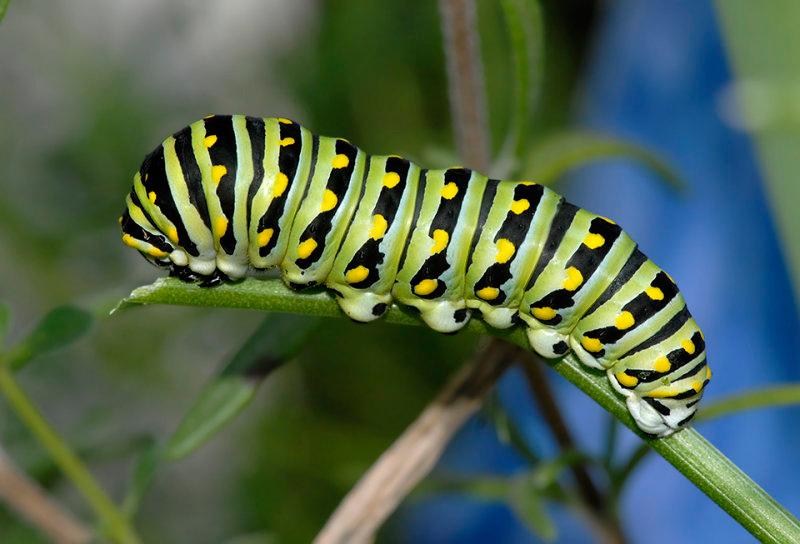 Caterpillar Garden Blue False Indigo Bronze Fennel Butterfly Milkweed Common Yarrow Passionflower Vine |
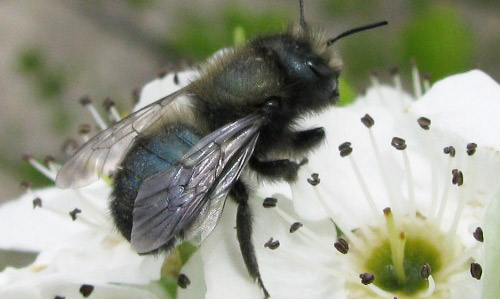 Pollinator Garden Bee Balm Dense Blazing Star Indian Blanket Lanceleaf Tickseed Narrowleaf Sunflower |
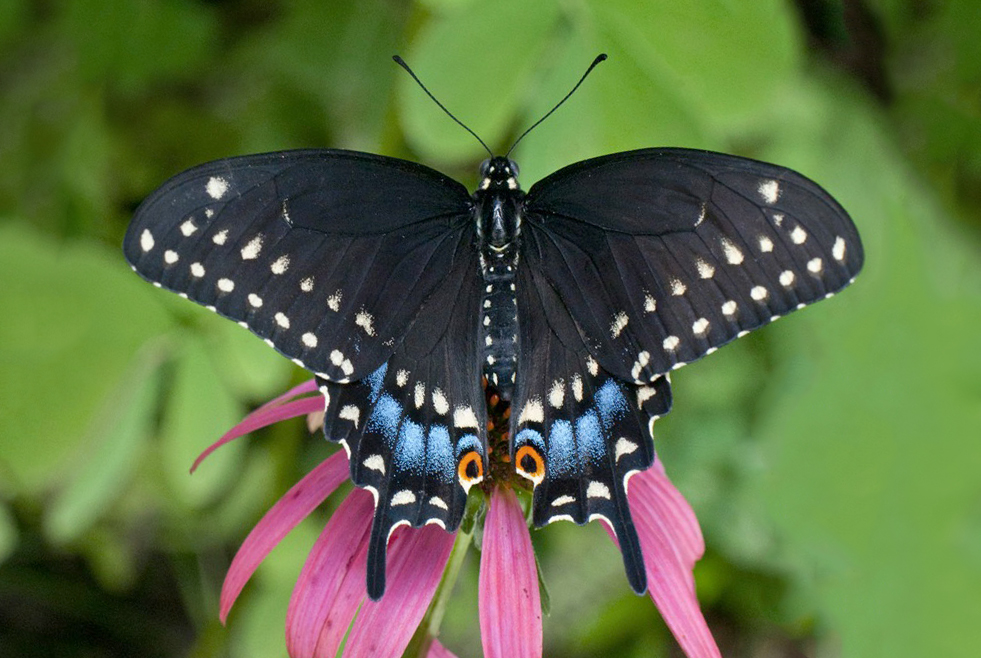 Butterfly Garden Foxglove Beardtongue Miss Huff Lantana Red Sage Rose Vervain Stokes Aster |
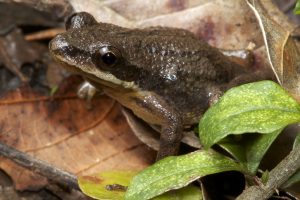 Frog & Toad Habitat Eastern Red Columbine Heartleaf Foamflower Horsetail Joe-pye Weed Lady Fern Lizard’s Tail Wild Ginger |
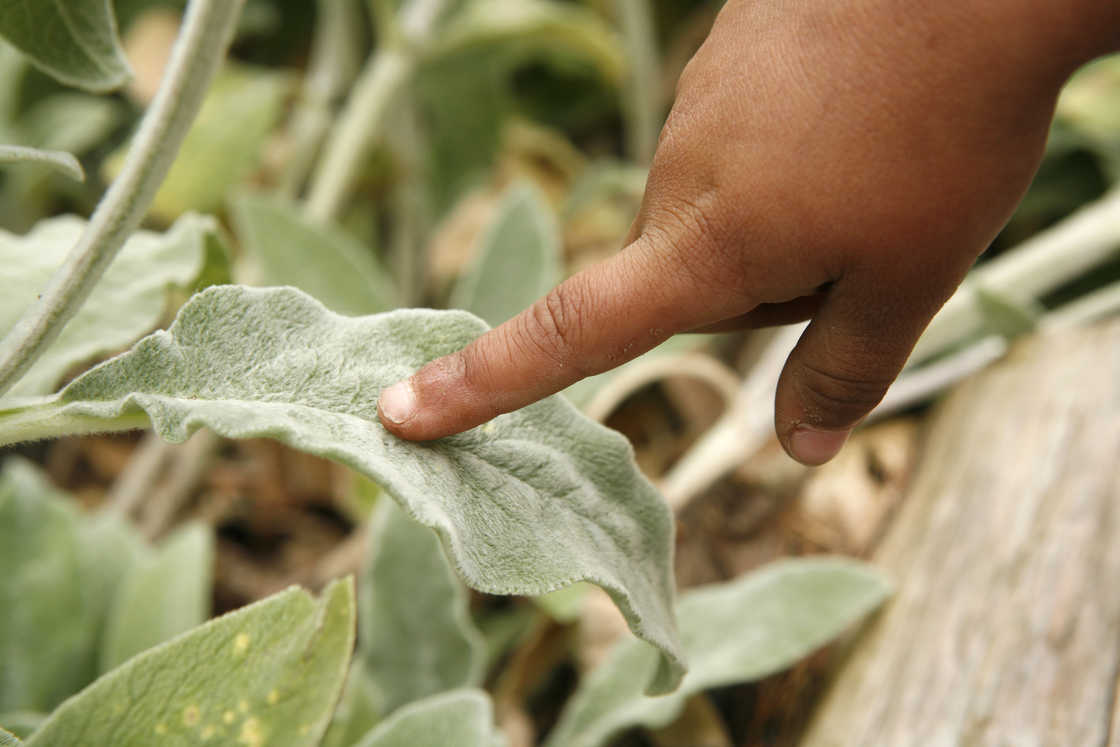 Sensory Garden Autumn Joy Sedum Lamb’s Ear Lavender Rosemary Spearmint |
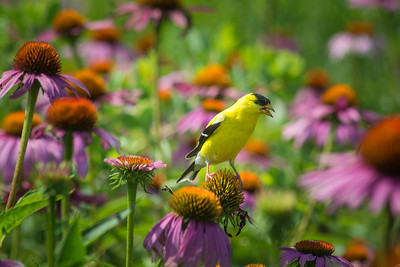 Songbird Garden Black-eyed Susan Cardinal Flower Purple Coneflower |
Leaf and Flower Shape Charts for Students
When you review the description of each plant (from the list above) on each species' webpage, you can click on links to learn more details about the shape and arrangement of the plant's leaves and flowers to help you and your students identify each plant.
Click on the charts below to help your students learn about the different shapes leaves and flower(s) can have and the how leaves and flower(s) can be arranged on the stems of the plant:
- Common Leaf Shapes & Arrangements AND Flower Shapes Charts (PDF can be printed as a one-page handout)
- Common Leaf Shapes and Arrangements Chart (JPG can be displayed on smart board for review)
- Common Flower Shapes Chart (JPG can be displayed on smart board for review)
CLICK HERE for more information about creating and incorporating Plant Identification Signs in your outdoor classroom.
"Wonders of Wildlife" Species
These informational webpages can be used for basic identification, habitat information, and research projects or Field Investigation Activities for the students. Click on the Species Name in the chart below to learn about what makes it WONDERful, including its:
|
|
For a taxonomic classification chart comparing key traits of common backyard wildlife, CLICK HERE!
.
 Wildlife Tag
Wildlife Tag
